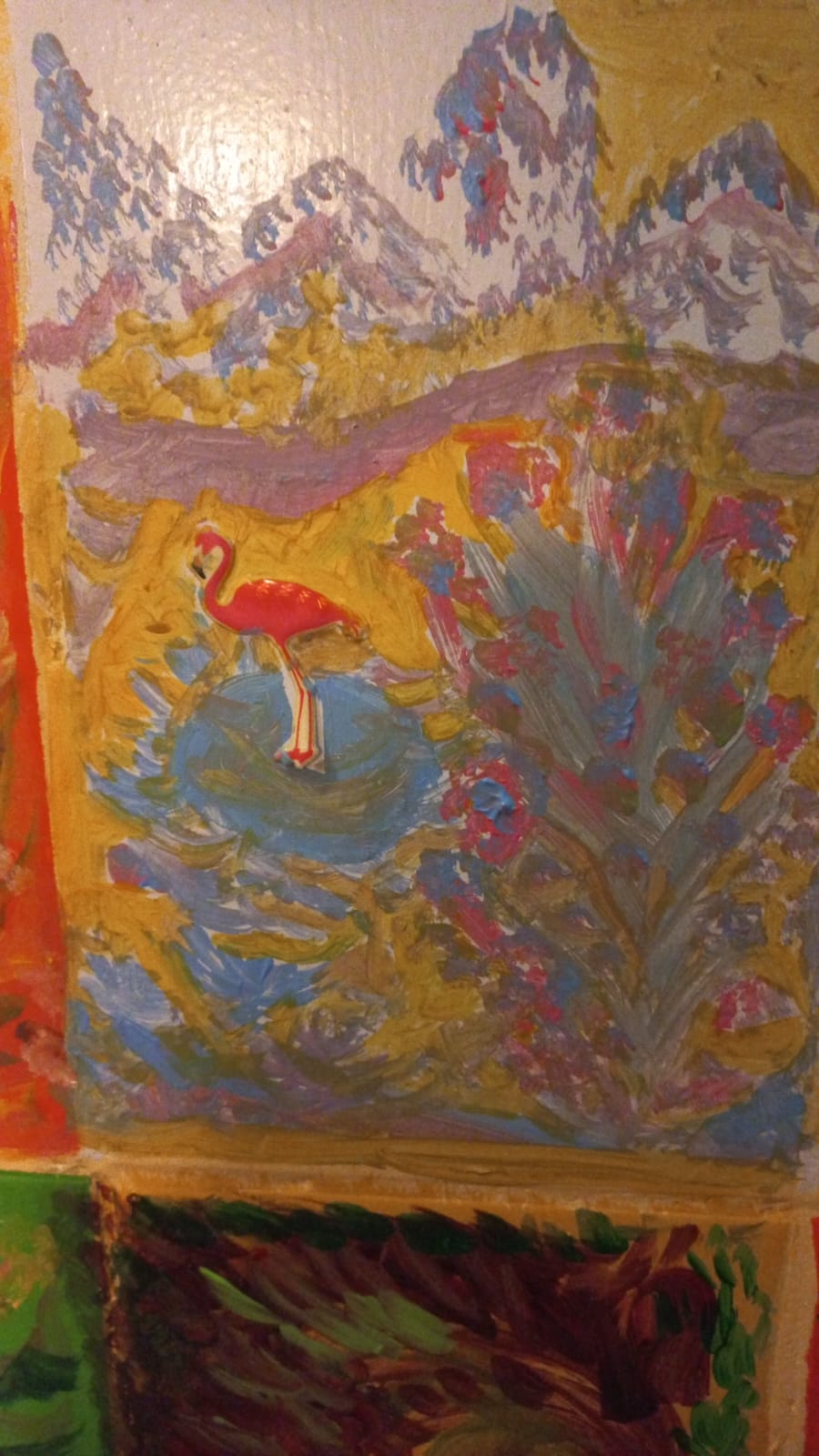Buckwheat (Fagopyrum esculentum) is a crop with grain-like seeds, similar to quinoa or amaranth. It is used as an ingredient in many traditional European and Asian dishes.
Buckwheat is probably one of the most healthy foods in the world.
It is mainly cultivated in Russia, Kazakhstan, China, and Central and Eastern Europe.
The special quality which recommends it as healthy food and healing is its considerable nutritional value, higher than that of many other grains. In spite of its similarities with grains, Buckwheat is an herb.
Its high percentage of fiber makes it a good food for colon health. It is also very good at repairing body tissues. Besides, manganese, copper, magnesium, iron, and phosphorus are found in high quantities among plant components.
Buckwheat is also rich in B vitamins as well as phosphorus, a good oil source of alpha-linoleic acid which is one of two essential fatty acids, and another eight essential amino acids. A single cup of cooked buckwheat contains over four grams of dietary fiber.
Also, an interesting compound it contains is vitexin which helps heal the thyroid gland.
Remedy for impaired microcirculation as Pliny the Elder wrote in his Medicine Tractate.
In his Signature Doctrine, Paracelsus stated that every plant has a resemblance with a part of the body. Nature made it for treating ailments of the body. He made a connection between the red stem of the plant and it effects on blood circulation.: “When the veins on the lower legs are prominent, blood circulatory is overloaded or too acidified causing blood to thicken and pool in the veins”.
Its journey from its birthplace, the Himalayas, through the entire world has given birth to numerous stories and legends, even chronicles have mentioned it.
Very celebrated in Russia, almost as a national food, it was brought into the country by the Greek monks who were spreading Christianity. They consumed it with honey and nuts, a delicious and energetic dish. They were affirming that its nutrients are enough to cover the whole body’s necessities.
The Slavic soul adored it and immediately adopted it, giving it the name “grechka” meaning it was “coming from the Greeks”. Buckwheat was proving a great savior indeed for these people in those war times and it became “Russian porridge”. It has been used from the twelve century until today. They have made pancakes, pies, and even soup from it.
The history of this nutritional achievement is very interesting and it is found inscribed even in their chronicles – as “The Lay of Igor’s campaign”. Archaeologists found its traces even in Sarmatian archaeological sites.
In the XII-XIV centuries, it was the equivalent of the word “feast”. It was mentioned in the Knaz Alexander annals that the great Knaz organized the great feast “kasha” honoring this food In the 19th-century kasha is becoming more and more popular and today it is used in traditional dishes specially prepared for New Year’s Eve, weddings, and great feasts.
An unusual event happened in an entire culture of buckwheat on the Sakhalin Island in the Russian Federation in 2009, which people enthusiastically reported to newspapers.
The buckwheat plants that normally reach the knee of an average adult reach 5 meters and they are starting to name it “Jack and the buckwheat bean stock”.
In the 19th century, even writers wrote about it. Gogol, the great Russian novelist, described it in his novel “Lost Souls” and Evan Tolstoi wrote about kasha in monastery stories,
Buckwheat noodles are common throughout China, Korea, and Tibet, while Italians have buckwheat pasta and delicious pancake recipes.
A part of the buckwheat adorers are fans of a special ale that can be made from it.
The buckwheat grains react with water or liquor and produce a sugary mash that is used in fermentation. The brew is suitable for everyone because it is gluten-free. The best formula is India Pale Ale.
Among the most delicious dishes are “The Cabbage Rolls with Buckwheat”. “Grechneraya Kasha”
The Russian people had started to cultivate it largely and they even made a cartoon that became very popular among children, the herb being represented through a hilarious character named “Bogatirkaya”.
This famous herb also has mysterious uses. It is said that it helps in magical arts to create magic circles of protection and that it is more powerful than salt. Numerous modern studies prove that it has great energetical power.
The cute bags from buckwheat fibers are known for bringing good luck and also the rugs for meditation are the best when made from buckwheat.
